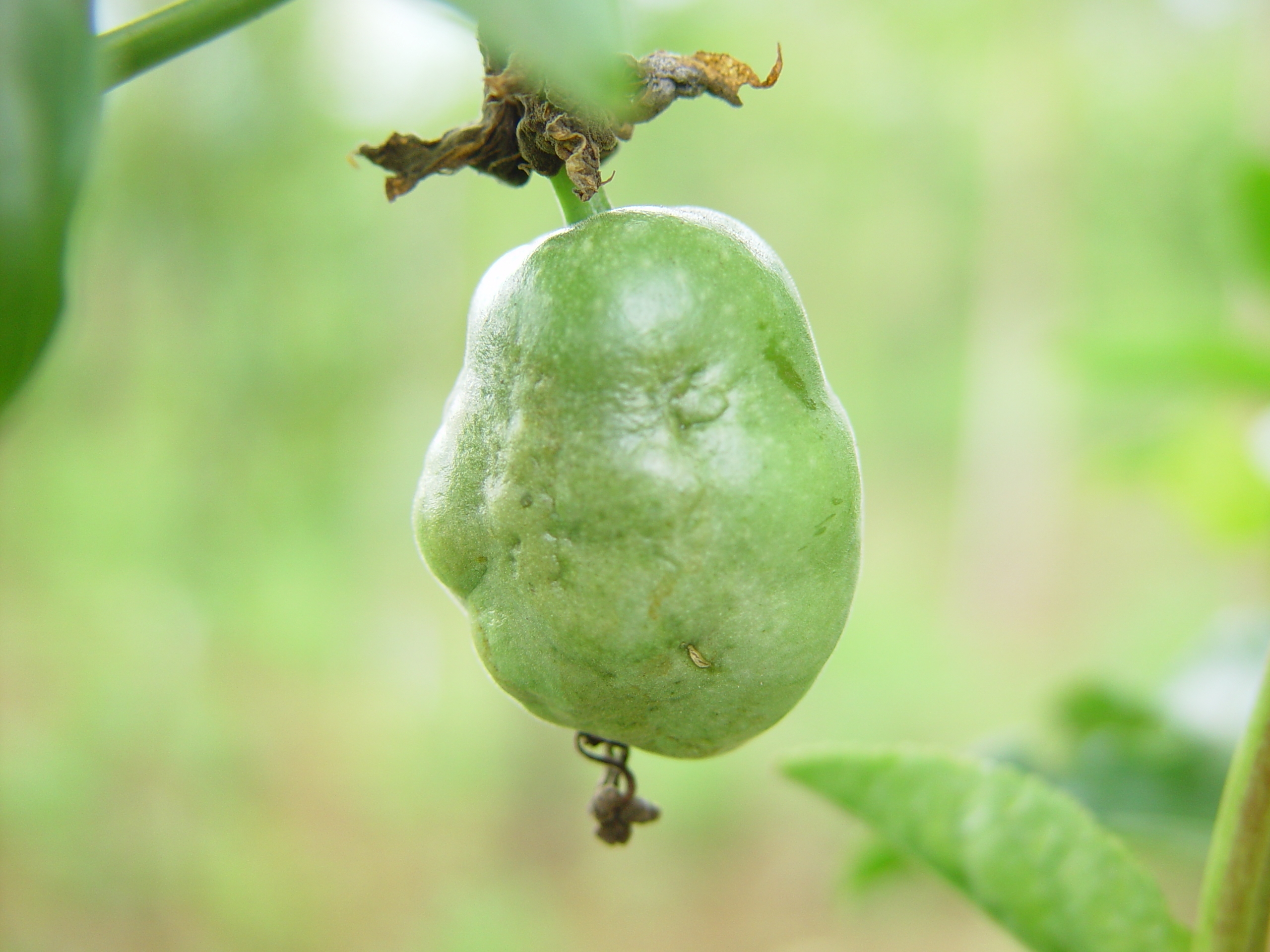Passion fruit is a popular tropical fruit known for its sweet and tangy flavor. However, like any other plant, passion fruit vines are susceptible to various diseases that can affect their growth and fruit production. It is important for passion fruit growers to be able to identify these diseases early on in order to take appropriate measures to prevent further damage.
Common passion fruit diseases include fungal, viral, and bacterial infections that can cause discoloration, wilting, and deformities in the leaves and fruit. In this article, we will explore some of the most common diseases that affect passion fruit vines, along with pictures to help you recognize them.
Fungal Diseases
Fungal diseases such as powdery mildew, anthracnose, and root rot are common problems that can affect passion fruit vines. Powdery mildew appears as a white powdery substance on the leaves, while anthracnose causes dark lesions on the fruit. Root rot, on the other hand, affects the roots of the plant and can lead to wilting and stunted growth.

Viral Diseases
Viral diseases like passion fruit woodiness and passion fruit ringspot virus can also affect passion fruit vines. Symptoms of these diseases include yellowing of the leaves, mottling, and deformities in the fruit. It is important to remove infected plants to prevent the spread of these viruses to healthy plants.

Bacterial Diseases
Bacterial diseases such as bacterial canker and bacterial leaf spot can cause wilting, yellowing, and lesions on the leaves and fruit of passion fruit vines. These diseases are often spread through contaminated tools or water, so it is important to practice good sanitation practices to prevent their spread.

In conclusion, passion fruit diseases can have a significant impact on the health and productivity of passion fruit vines. By being able to identify the symptoms of common diseases and taking appropriate measures to prevent their spread, growers can protect their crops and ensure a successful harvest.
